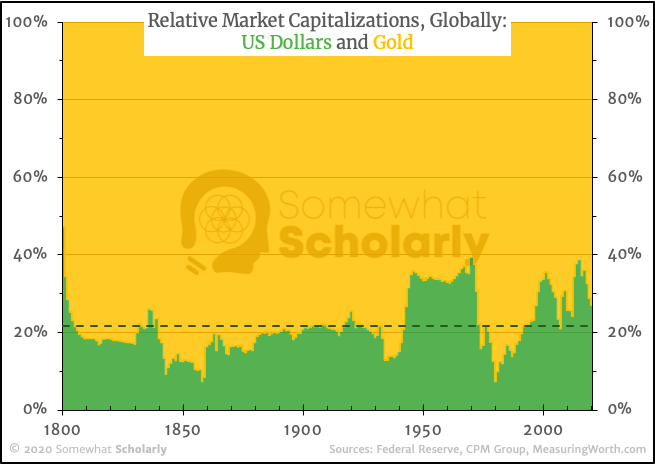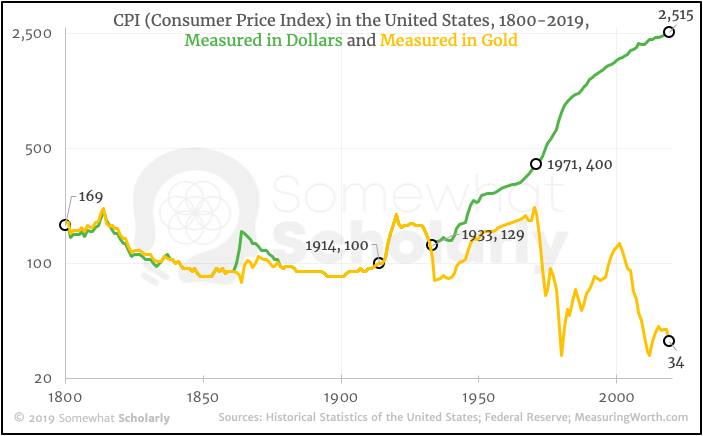James Bond has a license to kill, and modern banks have a license to steal.
Yes, even that kind, friendly, well-dressed loan advisor at the bank who's helping you qualify for your first home loan (or car loan, or student loan) is actually an unwitting participant in a global ring of organized crime.
You new loan will not only put you into debt - which means you'll pay for your home, car, or schooling several times over (instead of just once) - but it will also cause the price of houses, cars, and schooling to rise for everyone else in society, which effectively makes everyone poorer.
Since these items are less affordable, people take out loans to buy them, and the cycle of "more debt -> rising asset prices -> getting poorer" feeds itself.
Who gets the prosperity?
The banks of course! They create currency from thin air, lend it to you (at interest!), and then they get to keep the money (if you pay back the loan) or they get your house (if you don't)!
This system of theft - i.e. our modern fiat banking system - is the reason for wealth inequality in America and around the world.
If you educate yourself, you can protect yourself.
Don't forget to Subscribe to the channel and let me know your thoughts in the Comments! What are your thoughts, feelings, and actions in response to this?
Somewhat Scholarly Podcast is on iTunes, Spotify, Google, and Stitcher.
www.SomewhatScholarly.com
[email protected]
Podcast: Play in new window | Download
Subscribe: RSS





